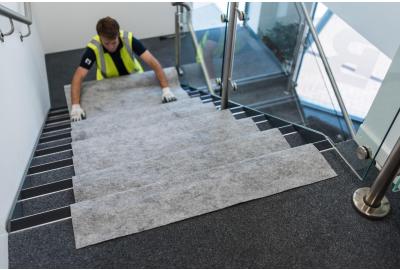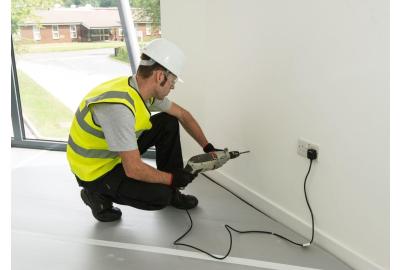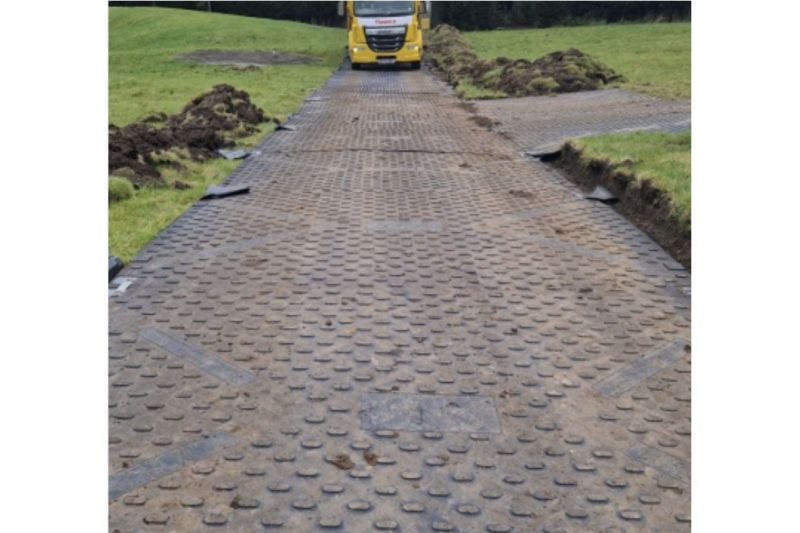News

Frequently asked questions about Correx
Get answers to common queries about correx, a popular temporary protection material. From its uses to its durability, this article addresses frequently asked questions to help readers make informed decisions about incorporating correx into their projects.

What is the role of recycled temporary protection materials in sustainable construction?
In this guide, we explore the benefits of temporary protection materials made from recycled materials and highlight specific products you can use.

What is the role of recycled temporary protection materials in sustainable construction?
In this guide, we explore the benefits of temporary protection materials made from recycled materials and highlight specific products you can use.

How to protect windows during building or construction work.
Discover essential fire prevention measures for construction sites. From fire-resistant materials to safety protocols, this article provides valuable guidance on minimising the risk of fire damage during building projects.





















